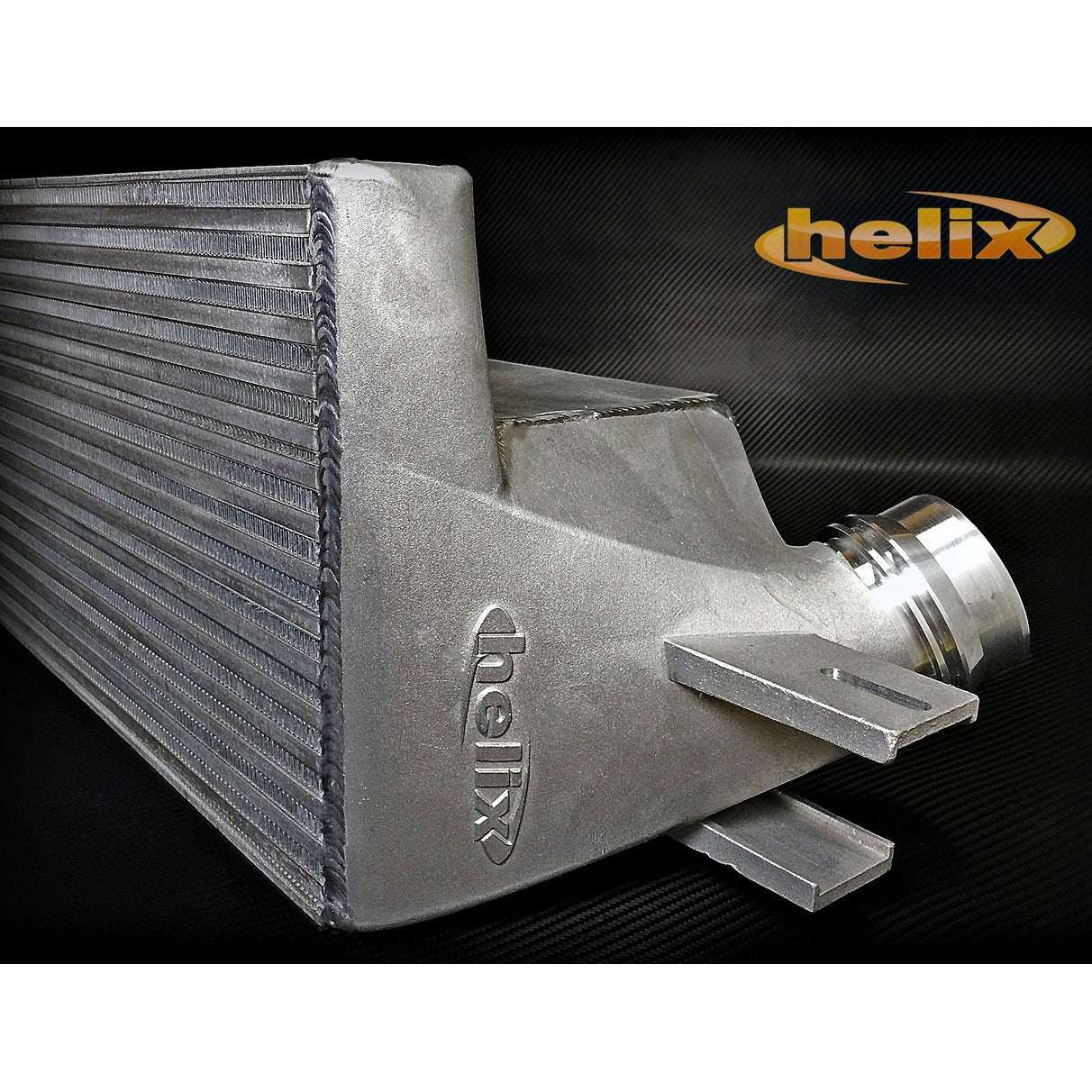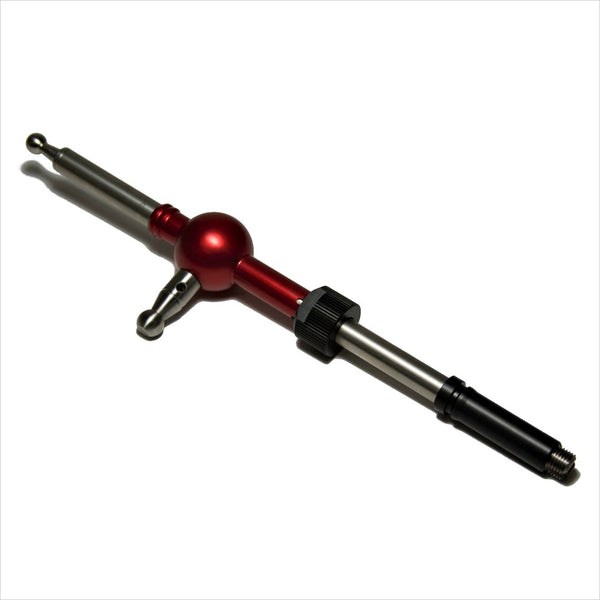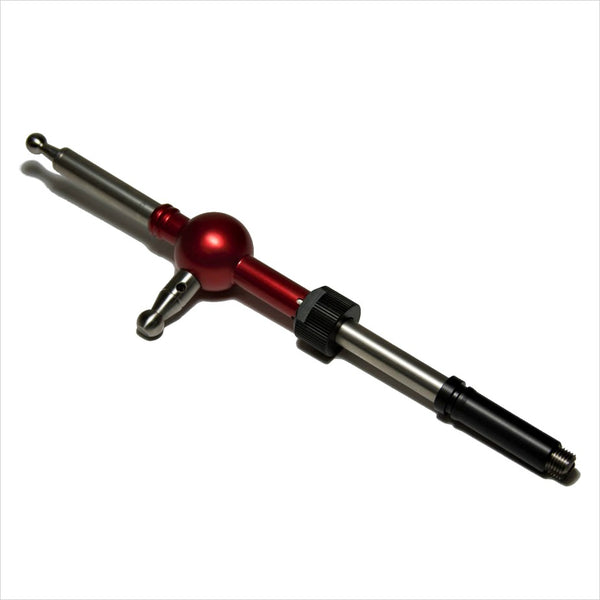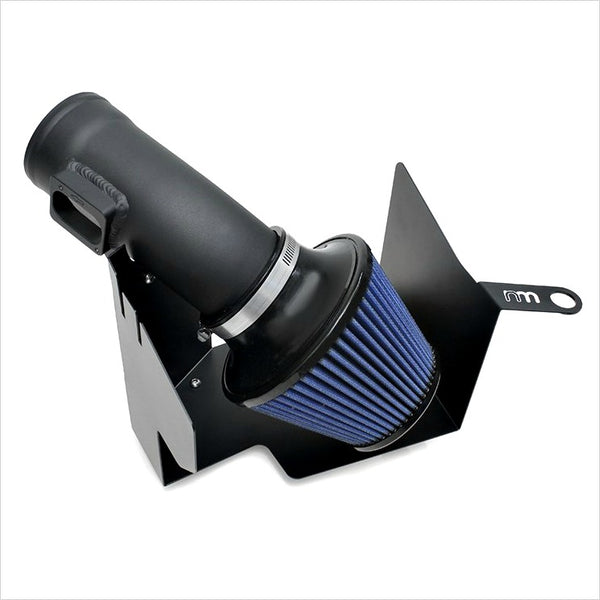- Shop Your Vehicle
-
Popular Vehicles
- Subaru WRX 2002-2007
- Subaru STI 2004-2007
- Subaru WRX 2008-2014
- Subaru STI 2008-2014
- Subaru WRX 2015-2021
- Subaru STI 2015-2021
- Scion FR-S 2012-2016
- Subaru Legacy
- Subaru Forester
- Toyota 86 2017-2020
- Toyota Supra 1993-2002
- Toyota Supra GR A90 2020+
- Lexus IS300 1999-2005
- Lexus IS350 2006-2013
- Lexus GS350 2006-2011
- Lexus GS350 2013-2020
- Lexus IS350 2021+
- Lexus RC F 2015+
- MINI Cooper 2002-2006
- MINI Cooper 2007-2012
- MINI Cooper 2014+
- BMW 335i 2006-2011
- BMW M2 F87 2016+
- BMW M3 F80 2015-2020
- BMW M3 G80 2021+
- BMW M4 F82 2015-2020
- BMW M4 G82 2021+
- BMW M5 F90 2017+
- BMW X5 2019+
- Nissan 240SX 1989-1994
- Nissan 240SX 1994-1998
- Nissan 350Z 2002-2009
- Nissan 370Z 2009-2020
- Mitsubishi Lancer 2003-2005
- Mitsubishi Lancer 2005-2007
- Mitsubishi Lancer 2007-2016
- Honda Civic 1992-1995
- Honda Civic 1996-2000
- Honda Civic 2006-2011
- Honda Civic 2012-2015
- Honda Civic 2016-2021
- Honda Civic Type-R FK8 2017+
- Acura Integra 1994-2001
- Tesla S 2016-2020
- Tesla S 2021+
- Tesla 3
- Tesla X 2021+
- Tesla Y
- Wheels
- FAQ
- Shipping
- Contact Us
- Why Emnotek?
- Sign in
- Shop Your Vehicle
-
Popular Vehicles
- Subaru WRX 2002-2007
- Subaru STI 2004-2007
- Subaru WRX 2008-2014
- Subaru STI 2008-2014
- Subaru WRX 2015-2021
- Subaru STI 2015-2021
- Scion FR-S 2012-2016
- Subaru Legacy
- Subaru Forester
- Toyota 86 2017-2020
- Toyota Supra 1993-2002
- Toyota Supra GR A90 2020+
- Lexus IS300 1999-2005
- Lexus IS350 2006-2013
- Lexus GS350 2006-2011
- Lexus GS350 2013-2020
- Lexus IS350 2021+
- Lexus RC F 2015+
- MINI Cooper 2002-2006
- MINI Cooper 2007-2012
- MINI Cooper 2014+
- BMW 335i 2006-2011
- BMW M2 F87 2016+
- BMW M3 F80 2015-2020
- BMW M3 G80 2021+
- BMW M4 F82 2015-2020
- BMW M4 G82 2021+
- BMW M5 F90 2017+
- BMW X5 2019+
- Nissan 240SX 1989-1994
- Nissan 240SX 1994-1998
- Nissan 350Z 2002-2009
- Nissan 370Z 2009-2020
- Mitsubishi Lancer 2003-2005
- Mitsubishi Lancer 2005-2007
- Mitsubishi Lancer 2007-2016
- Honda Civic 1992-1995
- Honda Civic 1996-2000
- Honda Civic 2006-2011
- Honda Civic 2012-2015
- Honda Civic 2016-2021
- Honda Civic Type-R FK8 2017+
- Acura Integra 1994-2001
- Tesla S 2016-2020
- Tesla S 2021+
- Tesla 3
- Tesla X 2021+
- Tesla Y
- Wheels
- FAQ
- Shipping
- Contact Us
- Why Emnotek?
Helix Stepped Core DDC Intercooler MINI Cooper S F56
SKU: HMS 3041
Sold Out $749.00
Collections: 2014+ Cooper S F56, MINI Cooper, MINI S F56 Performance
Our new F56 MINI Cooper S intercooler represents our latest innovation in intake charge cooling. It's a direct fit for the F56 MINI Cooper S (non JCW), with no cutting or other permanent modifications to your car.
When Helix introduced the world’s first stepped core intercooler, it was revolutionary in the automotive aftermarket. The design was born out of a necessity for a balance of properties in a cooler that were useful not only in track applications, but also a variety of street conditions. The goal was to produce an intercooler that had excellent charge air cooling, high end-tank flow efficiency, quick recovery rate, minimal pressure drop, and significant thermal mass. Many existing coolers could achieve one or two of these characteristics but not all of them. With our first models we were able to achieve excellent results in 3 of the 5 characteristics that we were targeting, and decent results in the other two. With our fourth-generation DDC™ intercooler, we have achieved the greatest balance ever. Here’s a breakdown:
-Temperature drop: We chose bar and plate core design with very high fin density, giving us the greatest surface area for heat exchange. Our coolers have always had the greatest fin density of any core on the market. It’s more expensive, but it gave us un-paralleled temperature drop. Other companies that copied our stepped design either chose very inefficient tube and fin design, or had poor fin density. Like all things in charge air cooling, there was a compromise with such a dense fin count: an increased pressure drop. With our 4th generation DDC™, we have addressed this compromise, by having two different fin densities: we maintain a very high fin count on the ambient side (the side of the core that is being cooled by the movement of ambient air), and reduced the density through the core, to minimize pressure drop. This innovation has given us the balance of performance characteristics that we’ve been striving for.
-End Tank Flow Efficiency: This is an area where we have made the greatest improvements throughout our 4 generations of intercoolers. First, our engineer designs our end tanks in-house using the latest design software and Computational Fluid Dynamic renderings. For each intercooler we go through multiple generations and test them before we are satisfied with the performance. We have worked sometimes as long as a week on a single tank design. Re-drawing, testing, re-drawing, testing. We’re not satisfied with something that looks good and fits. Once we have a satisfactory design we 3D print the design in-house for proof of concept and fitment testing.
-Quick Recovery Rate: This was one of the key needs when we introduced the stepped core. The advantage of a thin core with a large surface area is that it can recover quickly once it is heat-soaked (think of the R53 generations of MINIs—there’s a reason that we never released an intercooler for that application: you couldn’t improve on the factory design). With the enlarged surface area of the stepped design, we were able to get the advantage of the increased frontal area with a core volume that balanced pressure drop, flow, and thermal mass for the best overall package.
-Pressure drop: When you design a cooler with aggressive temperature drop, you get increased pressure drop. That’s because, as you cool intake gasses, they contract in volume, adding to the drop in charge air pressure. This is a natural trade-off, and if it’s moderate, we like it because a colder intake temperature is good for power and engine wear. As stated above, greater the fin density through the core added more aerodynamic drag and increased pressure drop in our older coolers. Again, we accept moderate pressure drop as a necessary limitation that pays off in ultimate motor output (The cooler air would more than offset the slight drop in engine boost). However, too much pressure drop from these two factors is not desirable, and there’s where we’ve made our biggest change to core design: with the Dual Density Core™, with greater density on the ambient side and less density through the charge core.
Our in-house engineer designs, CFD tests, 3D prints our prototypes. We then road and dyno (our in-house Mustang MD-250 dynamomoeter) test our coolers.
NOTE: Will not fit JCW models.







